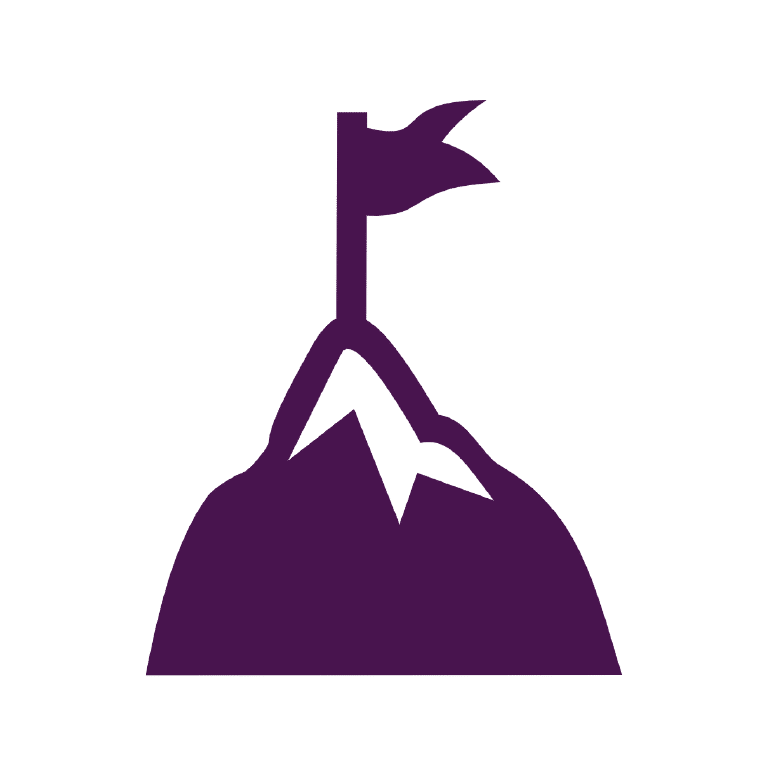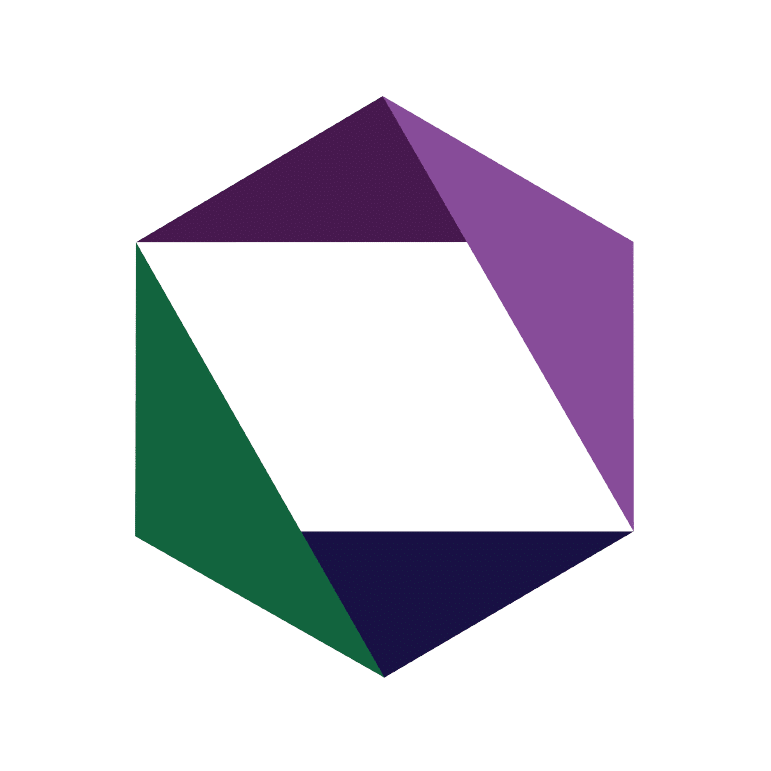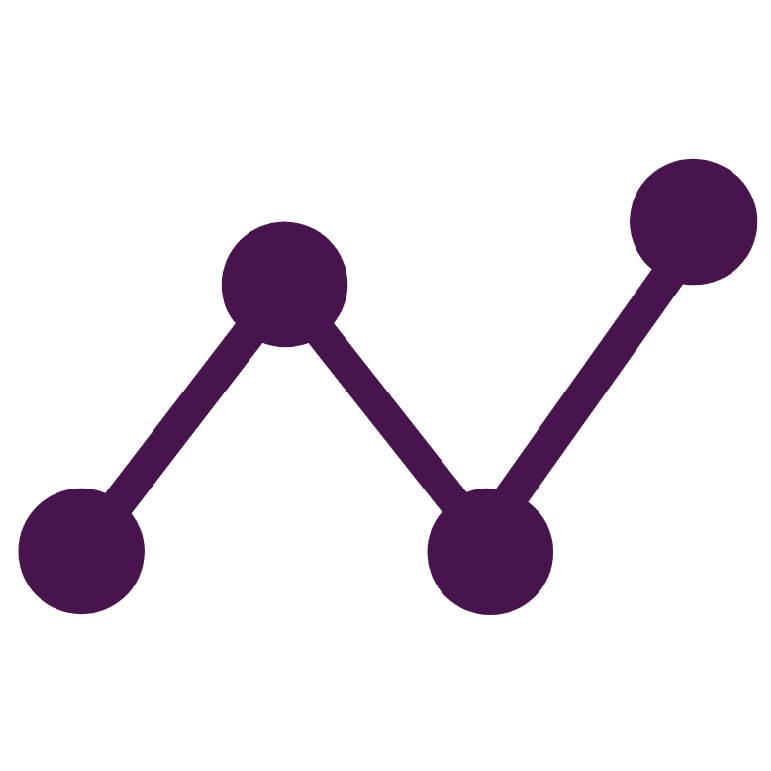
The Challenge
A professional association needed to improve their members’ content experiences. With tens of thousands of content assets published across 50 different websites and 5 disparate content management systems (CMSes), they struggled to coordinate a content strategy and improve content discovery. They could not keep up with the demands of managing content, leading to problems with outdated content and content pieces that were hard to discover. They also lacked the ability to identify and act on user data and trends, to better plan and tailor their content to member needs. Ultimately, members could not discover and take full advantage of the wealth of resources provided to them by the association.
Overall, the key driver behind this challenge was that the professional association lacked semantic maturity. While the association had a way to structure their content through a number of taxonomies across their web properties, their models were not aligned or mapped to one another and updates were not coordinated. Tagging expertise—and time to contribute to content tagging—varied considerably between content creators, resulting in inconsistent and irregular content tagging. The association also struggled to maintain their content due to an absence of clear governance responsibilities and practices. More broadly, the association lacked organization-wide processes to align semantic modeling with content governance—processes that ensure taxonomies and metadata models evolve in step with new content areas, and that governance practices consistently enforce tagging standards across content types and updates. This gap was also reflected in their technology stack: the association lacked an organization-wide solution architecture that would support their ability to coordinate and share semantics, data, and content across their systems. These challenges prevented the association from developing more engaging content experiences for their members. They needed support developing the strategies, semantic models, and solution architecture to enable their vision.

The Solution
EK partnered with the professional association to establish the foundational content strategy, semantic models, and solution architecture to enable their goals for content discovery and analytics. First, EK conducted a current state analysis and target state definition, as well as a semantic maturity assessment. This helped EK understand the factors that could be leveraged to help the association realize its goals. EK subsequently completed three parallel workstreams:
- Content Assessment: EK audited a sample of assets on priority web properties to understand the condition of the association’s content and semantic practices. EK identified recommendations for how to enhance the performance, governance, and discoverability of content. Based on these recommendations, EK provided step-by-step procedures to support the association in completing a comprehensive audit to enhance their content quality and aid in future findability enhancement and content personalization efforts.
- Taxonomy and Ontology Development: EK developed an enterprise taxonomy and ontology framework for the association—to provide a standardized vocabulary for use across the association’s systems, and increase the maturity of the association’s semantic models. The enterprise taxonomy included 12 facets to support 12 metadata fields, with a cumulative total of over 900 concepts. An ontology identified key relationships between the different taxonomy facets, establishing a foundation for identifying related content and supporting auto-tagging.
- Semantic Layer Architecture: EK provided recommendations for maturing the association’s tooling and integrations in support of their goals. Specifically, EK developed a solution architecture to integrate taxonomy, ontology, and auto-tagging across content, asset, and learning management systems, in order to inform a variety of content analytics, discovery, recommendation, and assembly applications. This architecture was designed to form the basis of a semantic layer that the association could later use to connect and relate content enterprise-wide. The architecture included the addition of a taxonomy and ontology management system (TOMS) to centralize semantic model management and to introduce auto-tagging capabilities. Alongside years of experience in tool evaluation, EK leveraged their proprietary TOMS evaluation matrix to score candidate vendors and TOMS solutions, supporting the association in selecting a tool that was the best fit for their needs.
- Auto-Tagging Proof of Concept: Building on these efforts, EK conducted an auto-tagging proof of concept (PoC), to support the association in applying the taxonomy to their content. The PoC automatically tagged all content assets in 2 priority CMSes with concepts from 2 prioritized topic taxonomy facets. The EK team prepared the processing pipeline for the auto-tagging effort, including pre-processing the content and conducting analysis of the tags to gauge quality and improvement over time.
To determine the exact level of improvement, EK worked with subject matter experts to establish a gold standard set of expected tags for a sample of content assets. The tags produced by the auto-tagger were compared to the expected tag set, to generate measures of recall, precision, and accuracy. EK used the analytics to inform adjustments to the taxonomy facets and to fine-tune and improve the auto-tagger’s performance over successive rounds.
To support the association in continuing to grow and leverage their semantic maturity, EK provided a detailed semantic maturity implementation roadmap. The roadmap identified five target outcomes for semantic enrichment, including: enhancing analytics to provide insights into content use and content gaps; and recommending content by using content tags to suggest related resources. For each outcome, EK detailed the requisite goals, business value, tasks, and dependencies—providing the association with the guidance they needed to realize each outcome and further advance their semantic maturity.

The EK Difference
EK was uniquely positioned to help the association improve their semantic maturity. As thought leaders in the semantic space, EK had the expertise and experience to assess the association’s semantic maturity, identify opportunities for growth, and define a vision and roadmap to help the association realize its business priorities. Further, EK has a deep understanding of the semantic technology landscape. This positioned EK to deliver tailored solutions that reflect the specific needs of the association, ensuring the solutions contribute to the association’s long-term technology roadmap.
EK leveraged a holistic approach to assessing and advancing the association’s semantic maturity. EK’s proprietary semantic maturity assessment accounts for the varied factors that influence an organization’s semantic maturity, including considerations for people, process, content, models, and technology. This positions the association to develop the capabilities required for semantic maturity across all contributing factors. Building off of the semantic maturity assessment, EK delivered end-to-end services that supported the entire semantic lifecycle, from strategy through design, implementation, and governance. This provided the association with the semantic infrastructure to realize near-term value; for instance, developing an enterprise taxonomy and applying it to their content assets using auto-tagging. By using proprietary, industry-leading approaches, EK was able to deliver these end-to-end services with tangible results within 4 months.

The Results
EK delivered a semantic strategy and solution architecture, as well as a content clean-up strategy and initial taxonomy and ontology designs, that helped the professional association establish a foundation for realizing their goals. This effort culminated in the implementation of an auto-tagging PoC. The PoC included configuring the selected TOMS, establishing system integrations, and developing processing pipelines and quality evaluations. Ultimately, the PoC captured tags for over 23,000 content assets using more than 600 concepts from 2 priority taxonomy facets. This foundational work helped the professional association establish the initial components required for a semantic layer. A final roadmap and recommendations report provided detailed next steps, with specific tasks, dependencies, and pilots, to guide the professional association in leveraging and extending their foundational semantic layer. The first engagement was deemed a success by association leadership, and the roadmap was approved for phased implementation, which EK is now supporting. This continued partnership is enabling the association to begin realizing its goals of enhancing member engagement with content by improving content discovery and overall user experience.
Want to improve your organization’s content discovery capabilities? Interested in learning more about the semantic layer? Learn more from our experience or contact us today!
